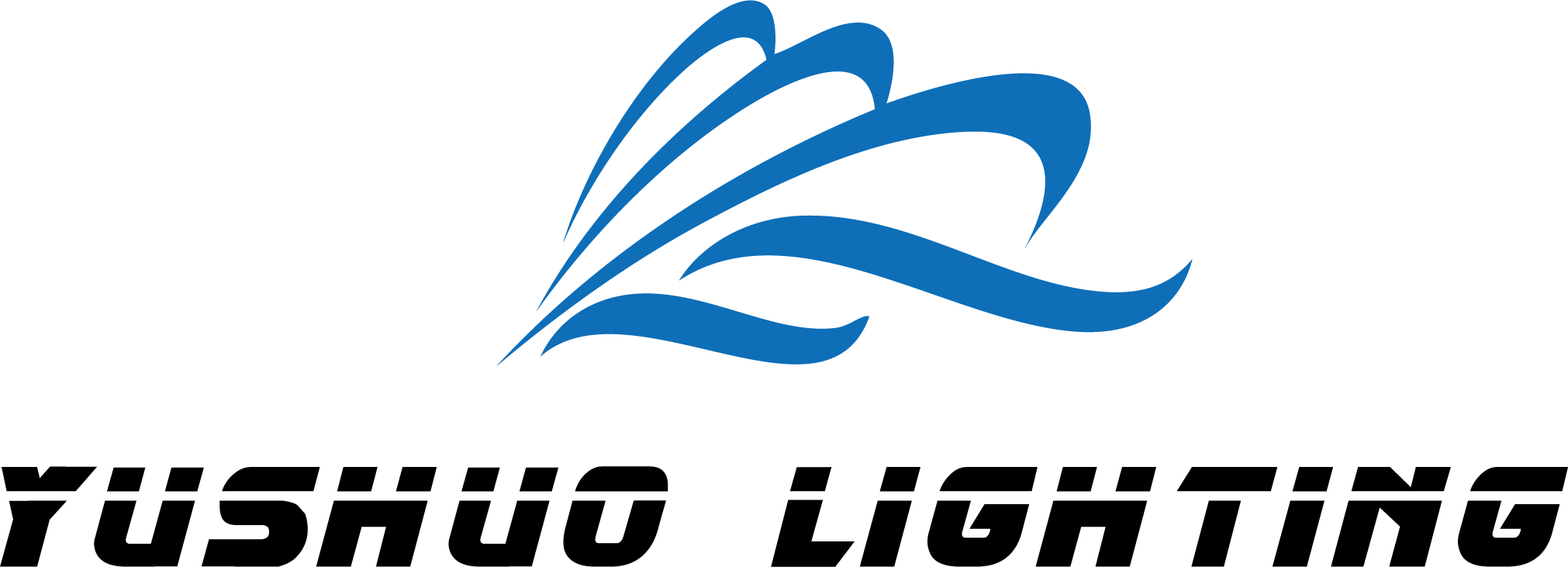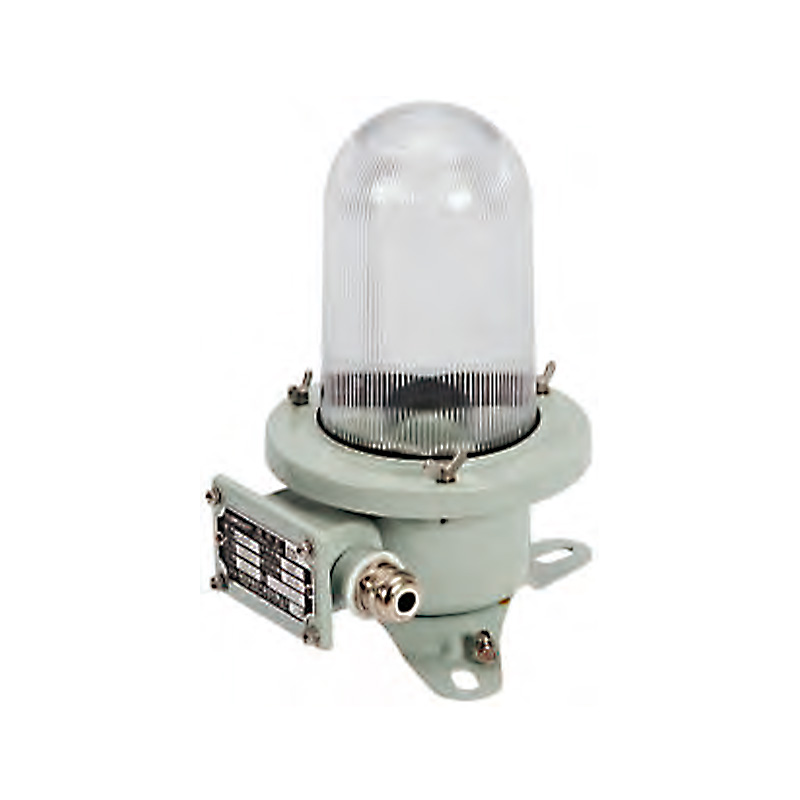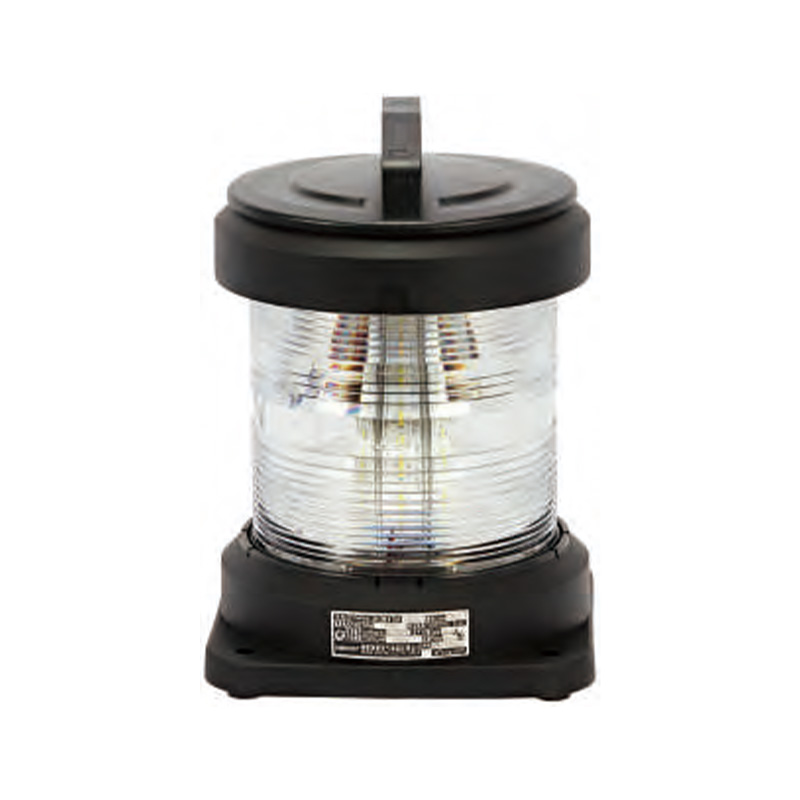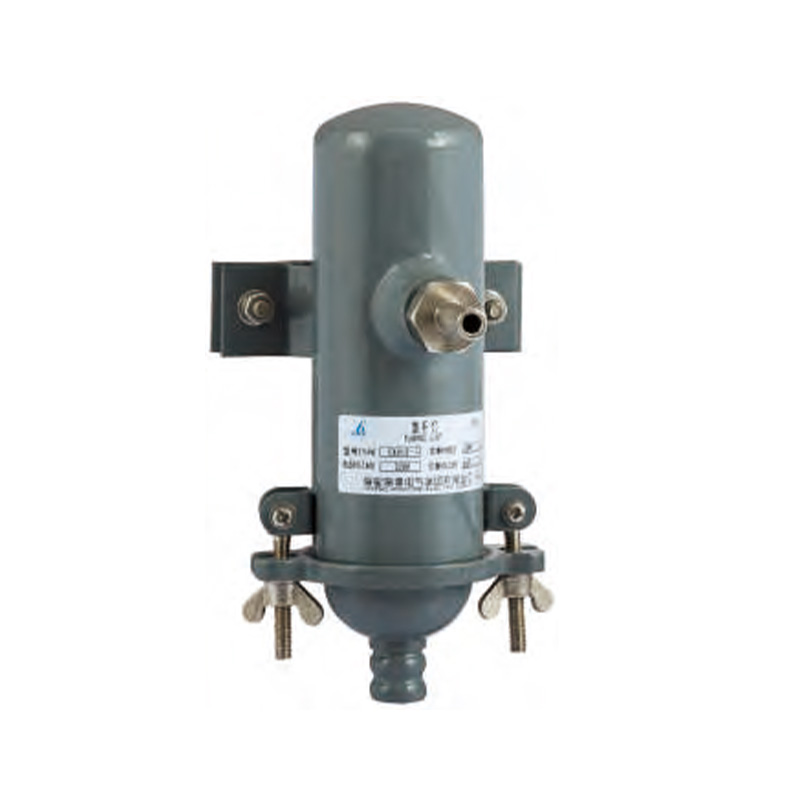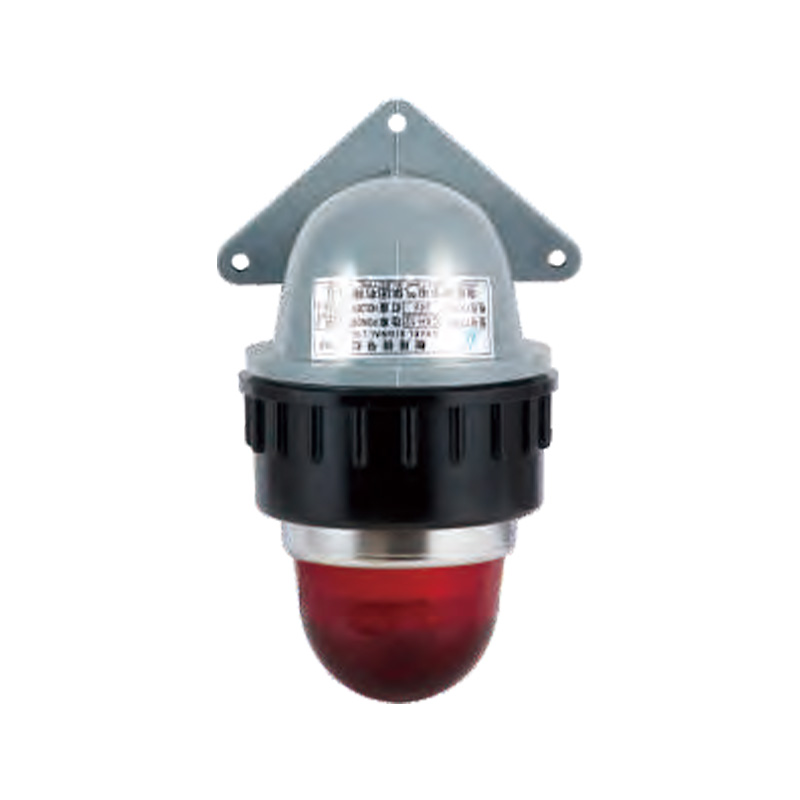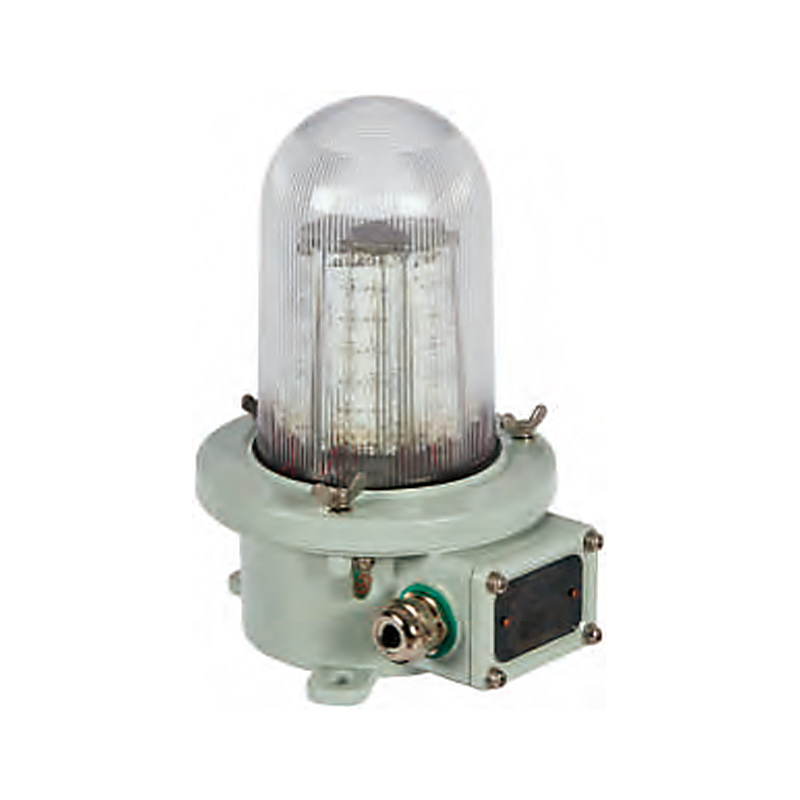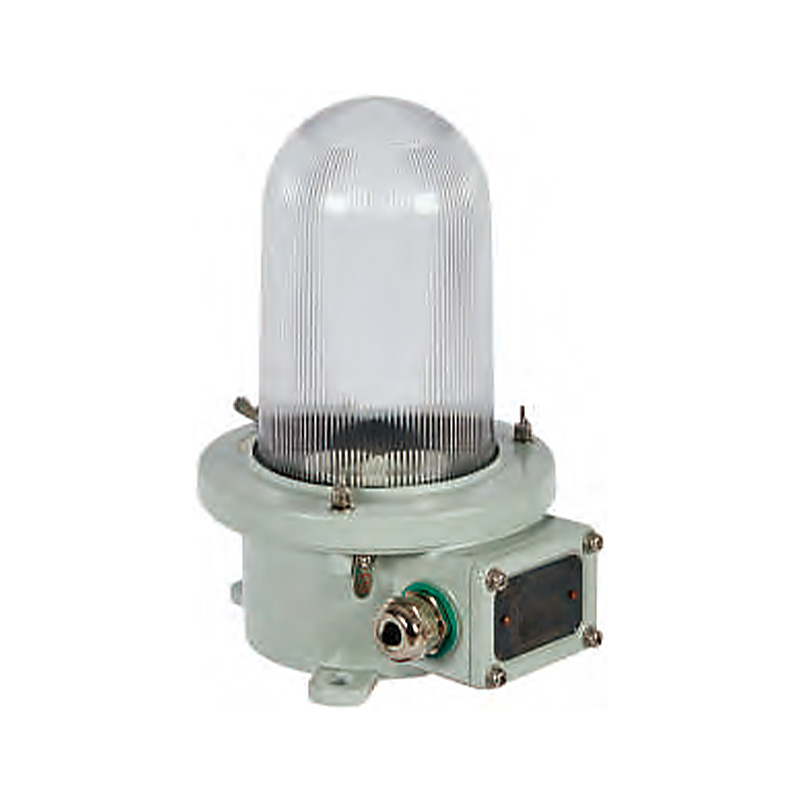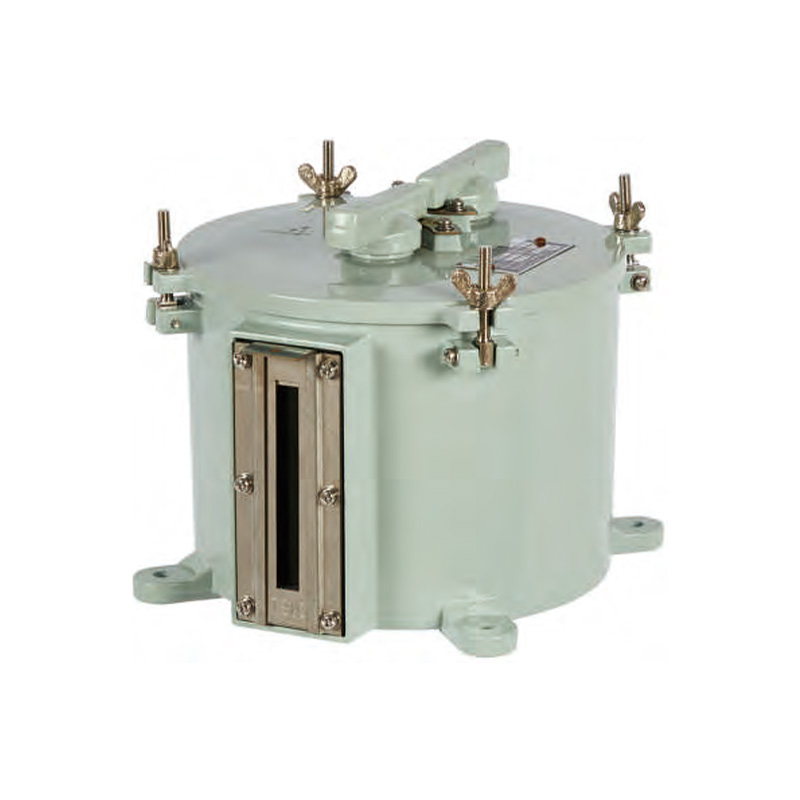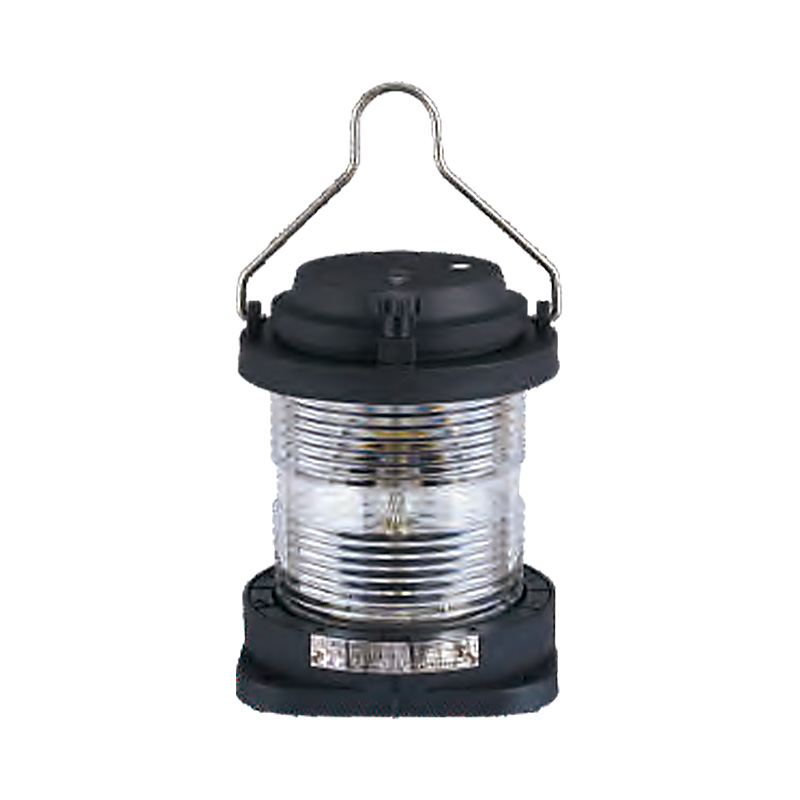How to Retrofit Marine Navigation Lights
Table of Contents
Marine navigation lights are vital in ensuring the safety of vessels by signaling their presence, status, and movement to other ships and maritime authorities. However, with technological advancements and stricter maritime regulations, many vessels operating with outdated navigation lighting systems may face challenges in meeting modern requirements. Retrofit solutions offer a cost-effective and efficient pathway to upgrade these systems, ensuring compliance, safety, and operational efficiency.
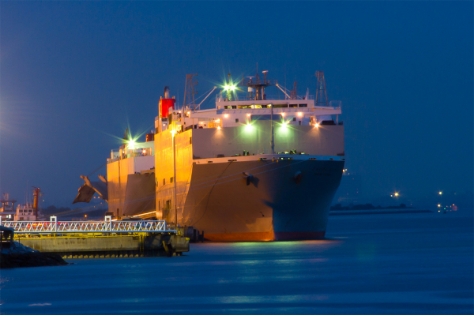
Why Retrofit Marine Navigation Lights
Retrofitting marine navigation lights offers a practical solution to enhance vessel safety, improve energy efficiency, and comply with evolving maritime regulations. Modern upgrades, such as LED and smart lighting technologies, provide better visibility, lower power consumption, and reduced maintenance compared to traditional systems. Additionally, retrofitting supports sustainability goals by reducing environmental impact while offering long-term cost savings. With advancements in retrofit kits designed for compatibility, upgrading marine navigation lights is a strategic move to ensure vessels remain reliable, efficient, and compliant in today’s maritime industry.

Key Retrofit Solutions for Upgrading Marine Navigation Lights
1. Transition to LED Technology
LED technology has become the preferred choice in marine lighting due to its remarkable energy efficiency, long lifespan, and durability. Unlike traditional incandescent or halogen lights, LED marine navigation lights consume significantly less power, which is especially beneficial for vessels operating with limited energy reserves. Their extended service life reduces the frequency and cost of maintenance, while their robust construction ensures reliable performance even in harsh marine conditions. Many LED retrofit options are designed to fit seamlessly into existing fixtures, simplifying the upgrade process.
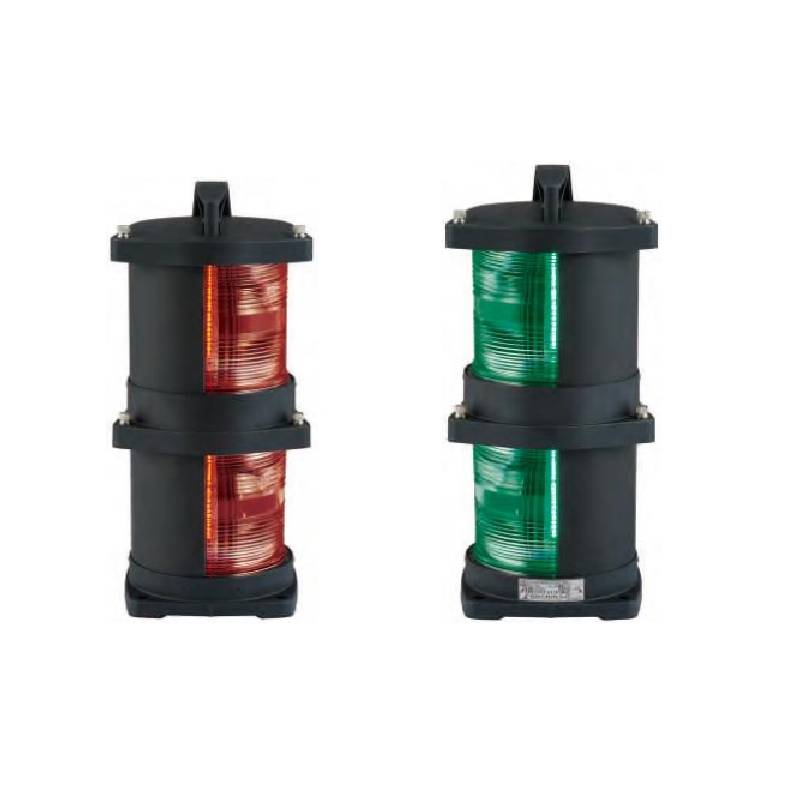
2. Integration of Smart Navigation Lights
For vessels seeking advanced functionality, smart navigation lights represent an innovative solution. These systems integrate digital technologies to provide features like real-time performance monitoring and fault detection. Smart lights often connect with onboard management systems, enabling remote operation and improved oversight. This not only enhances safety but also streamlines maintenance by allowing issues to be addressed proactively.
3. Solar-Powered Navigation Lights
These solar-powered lights are equipped with photovoltaic panels and rechargeable batteries, enabling them to operate independently of the vessel’s power supply. Solar-powered systems are an environmentally friendly choice, reducing reliance on non-renewable energy sources while also lowering operational costs. Their ability to function autonomously makes them particularly suitable for vessels operating in remote areas or regions with limited energy resources.
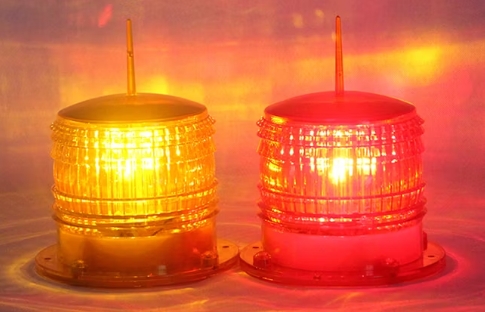
4. Modular Lighting Systems
For operators looking for flexibility and scalability, modular lighting systems offer an ideal solution. Modular designs allow individual components, such as lenses or power supplies, to be upgraded or replaced without affecting the entire unit. This approach is particularly advantageous for vessels that require incremental modernization or need to address specific performance issues without extensive system overhauls.
5. Advanced Optical Technologies
Advanced optical technologies have also been incorporated into retrofit solutions, improving the visibility and performance of navigation lights. Precision-engineered lenses enhance light distribution and reduce glare, ensuring optimal visibility from all angles. Such advancements contribute to safer navigation, particularly in crowded or low-visibility environments.
6. Hybrid Systems
Hybrid systems, which combine multiple power sources like solar panels and battery backups, offer another compelling option. These systems ensure uninterrupted operation even in challenging conditions, such as prolonged overcast weather or power supply interruptions. Hybrid solutions provide reliability and versatility, making them suitable for a wide range of vessel types and operational environments.
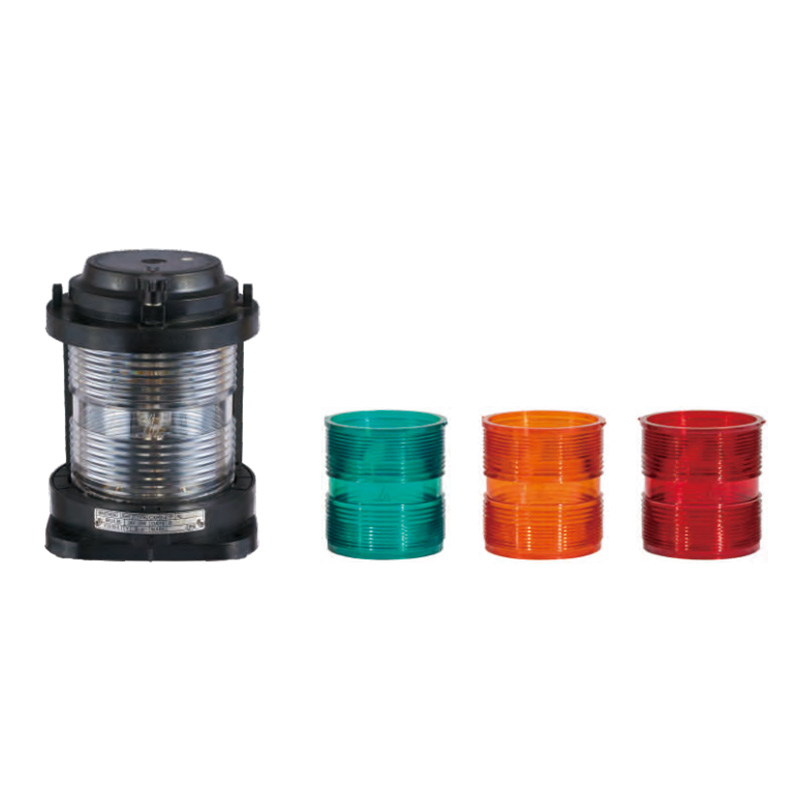
Challenges and Solutions in Retrofitting Marine Navigation Lights
1. Compatibility with Existing Systems
Challenge
Older vessels may have existing navigation lights that are not compatible with modern technologies such as LED or smart lighting systems. The wiring, fixtures, and mounting structures may not be designed to accommodate the new technology.
Solution
To overcome this, retrofit kits are designed to ensure compatibility with existing fixtures, allowing for a smooth integration of modern lighting systems without the need for complete system overhauls. These kits typically include components that can easily fit into older fixtures and utilize existing wiring, reducing the need for complex rewiring.
2. Regulatory Compliance
Challenge
Marine lighting systems must comply with international maritime regulations set by organizations like the International Maritime Organization (IMO). Retrofitting can sometimes complicate this, especially when new technologies are introduced that may not immediately meet these stringent requirements.
Solution
Working with certified marine lighting manufacturers ensures that the upgraded lighting systems meet all relevant regulations. Additionally, carefully selecting retrofit solutions that are IMO-approved or meet the standards of classification societies guarantees that the vessel remains compliant.
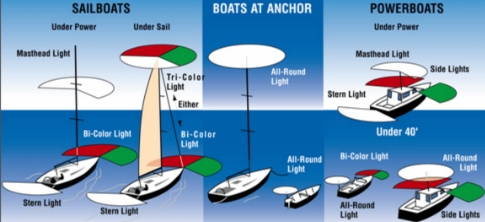
3. High Initial Costs
Challenge
The upfront cost of upgrading to modern navigation lights, particularly LEDs, smart systems, or solar-powered options, can be high. The financial outlay required for purchasing new systems and professional installation may deter some vessel owners from proceeding with the retrofit.
Solution
While the initial costs can be higher, the long-term savings in energy consumption, maintenance, and reduced downtime justify the investment. LED systems, for example, use significantly less power and last longer than traditional lights, reducing ongoing operational costs.
4. Operational Downtime
Challenge
Retrofitting navigation lights often requires the vessel to be out of service for installation. Depending on the complexity of the retrofit, the downtime can interfere with operational schedules, which is a significant concern for commercial vessels.
Solution
Planning the retrofit during off-peak times or during regular maintenance periods minimizes disruptions. Additionally, modular and easily replaceable systems can reduce installation time and keep downtime to a minimum.
5. Energy Constraints
Challenge
Older vessels may have limited power generation capacity, and retrofitting with energy-intensive systems could strain the power supply. This is particularly true for vessels that have older engines or electrical systems not designed to support modern lighting technologies.
Solution
To address this challenge, energy-efficient technologies like LEDs or solar-powered lighting can be implemented. These systems require much less energy to operate, allowing vessels with limited power resources to benefit from modern lighting upgrades without overloading their electrical systems.
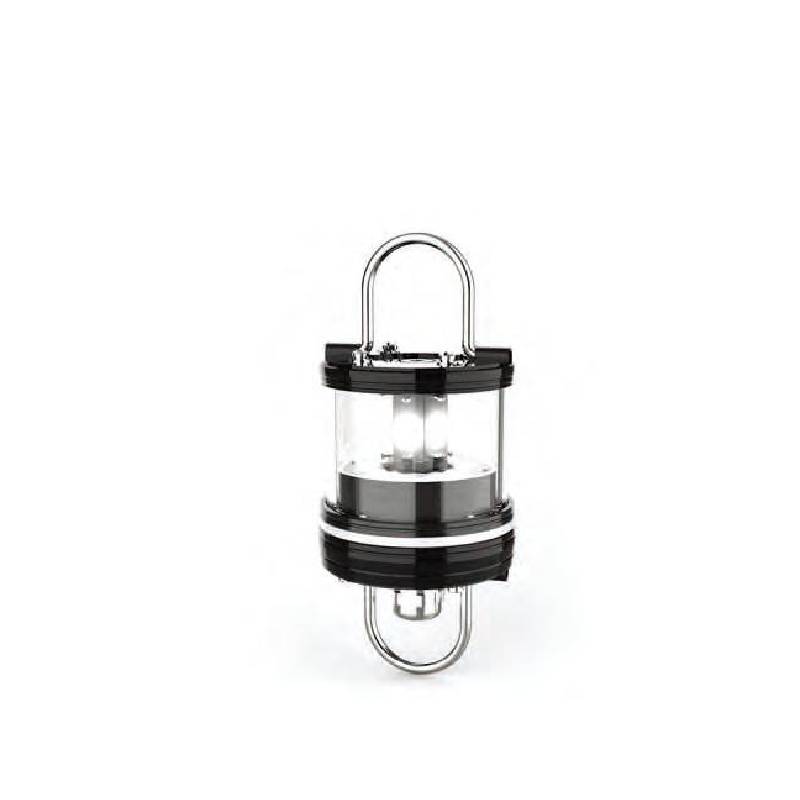
6. Environmental Exposure
Challenge
Marine navigation lights are exposed to harsh environmental conditions, including saltwater, humidity, and extreme temperatures. These conditions can cause corrosion or degradation of lighting systems over time, which may limit the lifespan of retrofit solutions.
Solution
Choosing high-quality, corrosion-resistant materials for retrofitting is essential. Modern lighting systems often feature durable, weatherproof designs that are resistant to environmental elements, ensuring the longevity of the upgrade.
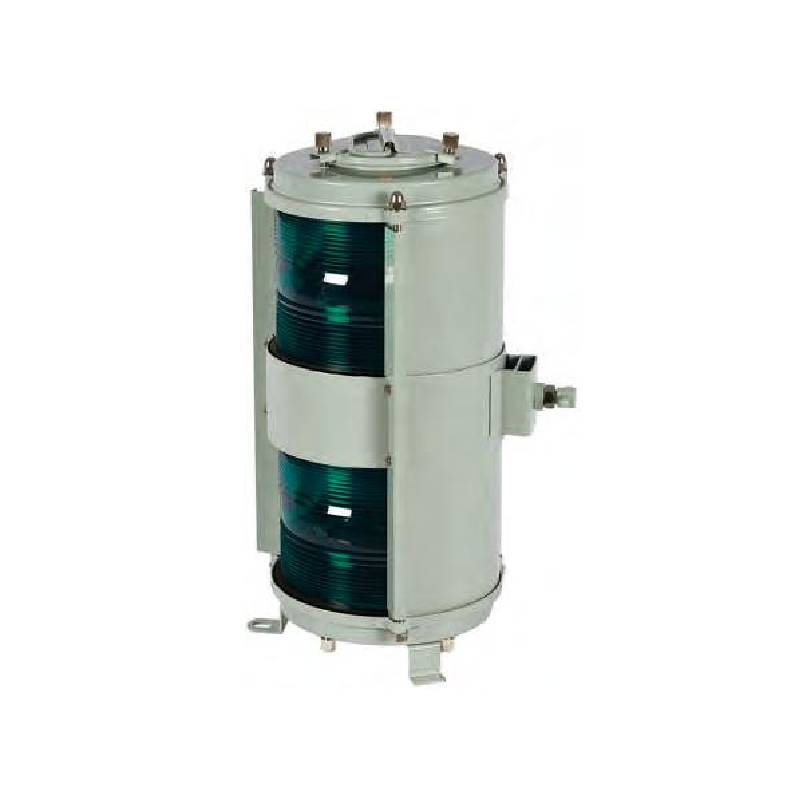
7. Limited Crew Expertise
Challenge
The introduction of advanced technologies such as smart navigation lights or solar-powered systems might be challenging for crew members who are not familiar with the new systems. This lack of expertise can make installation, operation, and maintenance more difficult.
Solution
Training the crew on the new systems is essential. Many suppliers provide training or manuals for new lighting systems, ensuring that the crew is well-equipped to handle operation and troubleshooting. Additionally, professional installation services can help ease the transition.
8. Visibility Optimization
Challenge
Upgrading lighting systems must ensure that the new lights meet visibility requirements for marine navigation. In some cases, retrofitting may result in reduced light output or poor light distribution if the retrofit components are not designed correctly.
Solution
Careful selection of high-performance lenses and lighting fixtures designed for optimal light distribution can ensure that retrofitted systems meet or exceed visibility standards. Advanced optical technologies, including anti-glare features, can also enhance performance and reduce visual distractions.
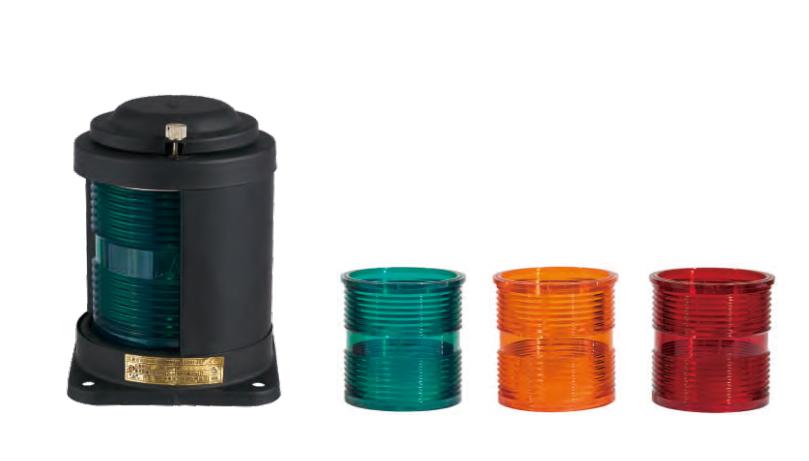
9. Long-Term Maintenance
Challenge
Navigation lighting systems often require specialized tools and knowledge to maintain, which can complicate regular upkeep. If crew members are not trained or if spare parts are difficult to source, long-term maintenance could become an issue.
Solution
Implementing smart navigation lights with remote monitoring capabilities can streamline maintenance by allowing early detection of faults. Additionally, selecting retrofit solutions with readily available parts and offering regular crew training ensures that maintenance becomes more manageable over time.
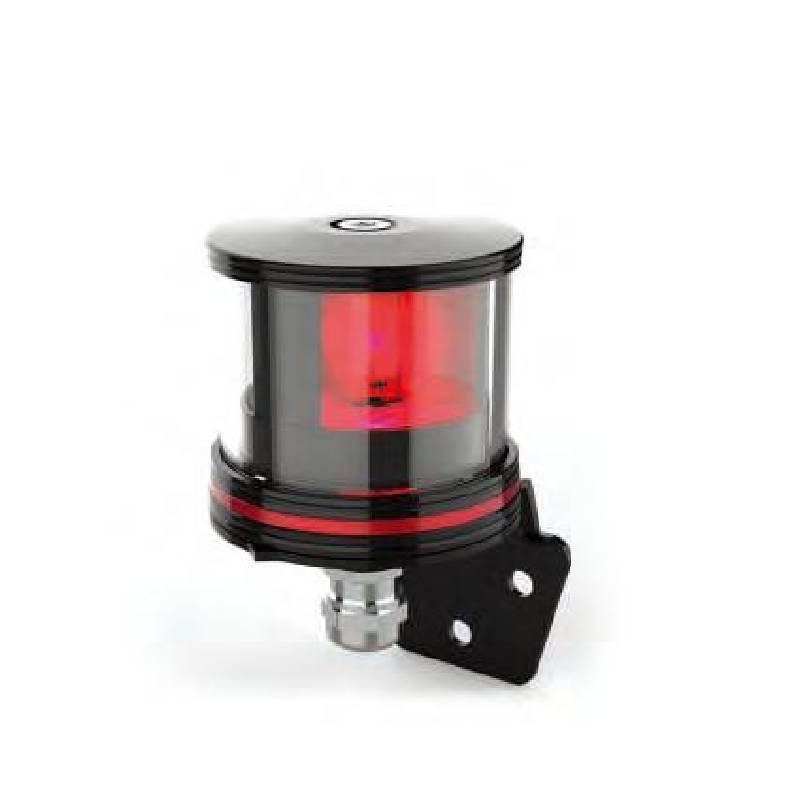
Steps for a Successful Retrofit of Marine Navigation Lights
This chart provides a step-by-step guide to ensure a smooth and efficient retrofit of marine navigation lights, focusing on planning, installation, and ongoing maintenance.
| Step | Description |
| 1. Assess Current Lighting System | Evaluate the existing marine navigation lights to determine which components need upgrading or replacement. |
| 2. Research Retrofit Options | Investigate available retrofit solutions such as LED technology, smart lighting, and solar-powered systems. |
| 3. Choose Certified Retrofit Kits | Select retrofit kits that are compatible with your vessel and meet regulatory standards for safety and performance. |
| 4. Plan for Installation Timing | Schedule installation during non-peak periods to minimize operational downtime. |
| 5. Ensure Regulatory Compliance | Verify that the upgraded lighting system complies with international standards, such as IMO regulations. |
| 6. Install Retrofit Components | Implement the retrofit system with professional installation to ensure proper functionality and integration. |
| 7. Test New Lighting System | Conduct thorough testing of the new system to ensure optimal performance and compliance with visibility requirements. |
| 8. Train Crew Members | Provide training to the crew on using and maintaining the new navigation lights effectively. |
| 9. Set Up Regular Maintenance Schedule | Establish a maintenance plan to monitor the performance of the retrofit lighting system and address any issues proactively. |
| 10. Monitor System Performance | Continuously monitor the system’s performance using remote monitoring (if applicable) and adjust as needed. |
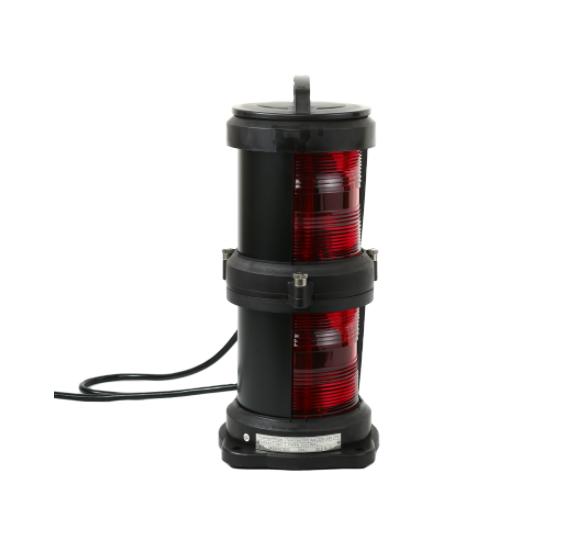
Summary
Retrofitting marine navigation lights not only ensures compliance with modern standards but also delivers tangible benefits in terms of safety, efficiency, and sustainability. By leveraging advanced technologies such as LEDs, smart systems, solar power, and hybrid solutions, vessels can achieve enhanced performance and reduced operating costs. While retrofitting navigation lights presents some challenges, they can be effectively overcome by selecting the right solutions, proper planning, and investing in crew training and system maintenance.
